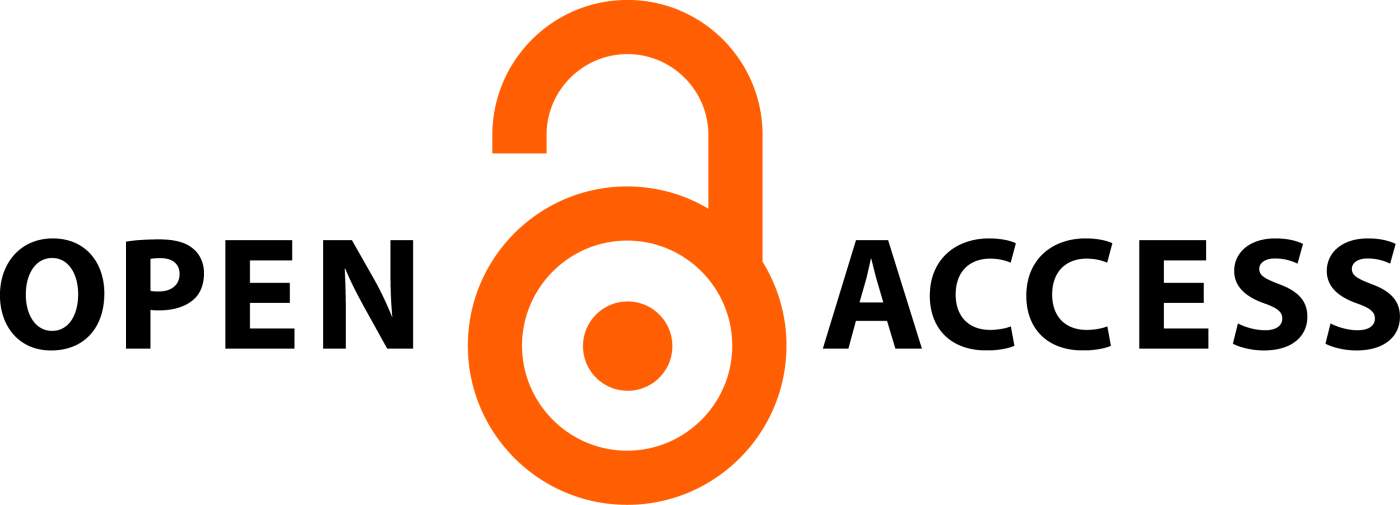PATTERN OF TREATMENT APPROACHES FOR PREECLAMPSIA DURING PREGNANCY
Abstract
Preeclampsia is a hypertensive disorder that is now predictable during its advanced stage of severity and that may cause risk to the life of the mother and fetus. Preeclampsia is a condition categorized by increase in systolic blood pressure from ≥140 mmHg and diastolic blood pressure from ≥90 mmHg on checking at least two times within 4 hours after 20 weeks of pregnancy for those women previously having normal blood pressure and other parameters like with or without proteinuria ≥0.3 gm test in urine within 24 hour or the ratio of protein /creatinine more than 0.3 mg/dl and thrombocytopenia, changes in renal functioning, hepatic dysfunction. In developing countries, preeclampsia is defined as a chief cause of maternal and perinatal mortality rates. Preeclampsia may be responsible for causing premature cardiovascular diseases, such as chronic hypertension, ischemic heart disease, and stroke to the mother or pregnant women, whereas children born from women having preeclampsia are at increased risk of such diseases like stroke, congestive heart failure, and metabolic disorder in adult life. For the management of preeclampsia, major factors that are necessary to maintain is screening of women at high risk and prevention from reoccurrence. Three groups of current preeclampsia management are (Preventive measures of preeclampsia, Primary examination, and management).
Downloads
All the articles published in JAPSR are distributed under a creative commons license (CC BY-NC-SA 4.0)
Under this license, you are free to:
- Share- copy and redistribute the material in any medium or format for any purpose, even commercially.
- Adapt- remix, transform, and build upon the material for any purpose, even commercially.
The licensor cannot revoke these freedoms as long as you follow the license terms.
- Attribution — You must give appropriate credit , provide a link to the license, and indicate if changes were made . You may do so in any reasonable manner, but not in any way that suggests the licensor endorses you or your use.
- NonCommercial — You may not use the material for commercial purposes .
- ShareAlike — If you remix, transform, or build upon the material, you must distribute your contributions under the same license as the original.
- No additional restrictions — You may not apply legal terms or technological measures that legally restrict others from doing anything the license permits.
Copyright policy
The journal allows the author(s) to hold the copyright of their work. That means the authors do not need to transfer the copyright of their work to the journal. However, the authors grant JAPSR a license to publish the article and identify itself as the original publisher.
Licensing policy
The journal allows the author(s) to hold the copyright of their work. That means the authors do not need to transfer the copyright of their work to the journal. However, the authors grant JAPSR a license to publish the article and identify itself as the original publisher.






